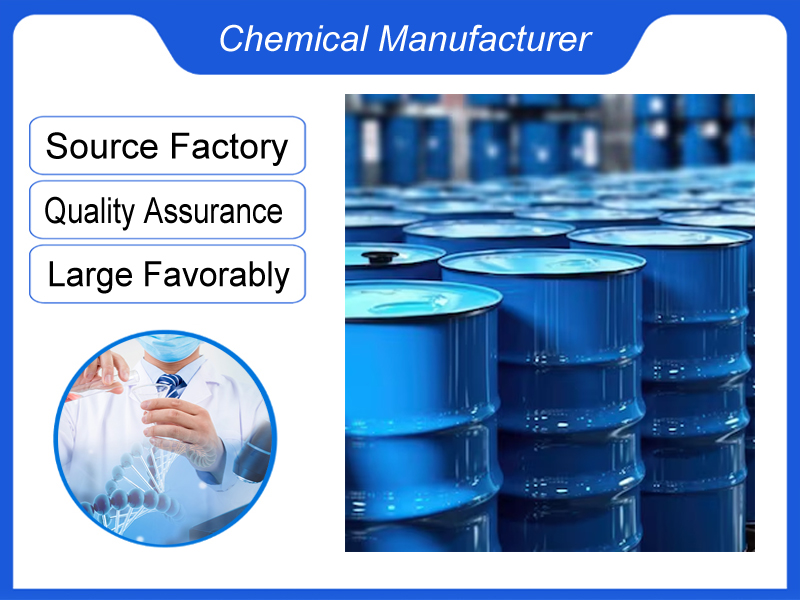
HydroxyEthylidene Diphosphonic acid
CAS No. 2809-21-4
Content 60%
Packing 250kg/drum
Names and Identifiers
Name
1-Hydroxyethylidene-1,1-diphosphonic acid
Synonyms
HEDP
HEDPA
Etidronic acid
1-Hydroxyethan-1,1-...
Category:Paint chemicals
Introduction
CAS No. 2809-21-4
Content 60%
Packing 250kg/drum
Names and Identifiers
| Name | 1-Hydroxyethylidene-1,1-diphosphonic acid |
| Synonyms | HEDP HEDPA Etidronic acid 1-Hydroxyethan-1,1-diphosphonsure Hydroxyethylidenedi(phosphonic acid) 1-Hydroxyethylidene diphosphonic Acid 1-Hydroxyethane-1,1-diphosphonic Acid (1-Hydroxyethylidene)biphosphonic acid Hydroxyethylidene-1,1-Diphosphonic Acid 1-HYDROXYETHYLIDENEDI (PHOSPHONIC ACID) 1-hydroxy ethylene-1,1-diphosphonic acid 1-Hydroxyethylidene-1,1-diphosphonic acid Hydroxy Ethylidene-1,1-Diphosphonic Acid 1-Hydroxy Ethylidene-1,1-Diphosphonic Acid (1-hydroxyethane-1,1-diyl)bis(phosphonate) Hydroxyethylidene Diphosphonic acid (HEDP) 1-Hydroxyethylidene-1,1-bis-(phosphonic acid) 1-HYDROXYETHYLIDENE-1,1-DIPHOSPHONIC ACID HEDP 1-Hydroxyethylidene-1,1-Diphosphonic Acid (HEDP) disodium (1-hydroxyethane-1,1-diyl)bis[hydrogen (phosphonate)] |
| CAS | 2809-21-4 |
| EINECS | 220-552-8 |
| InChI | InChI=1/C2H8O7P2/c1-2(3,10(4,5)6)11(7,8)9/h3H,1H3,(H2,4,5,6)(H2,7,8,9)/p-4 |
| InChIKey | DBVJJBKOTRCVKF-UHFFFAOYSA-N |
2809-21-4 – Physico-chemical Properties
| Molecular Formula | C2H8O7P2 |
| Molar Mass | 206.03 |
| Density | 1.45 (60% aq.) |
| Melting Point | 198~199℃ |
| Boling Point | 578.8±60.0 °C(Predicted) |
| Flash Point | 303.8°C |
| Water Solubility | Soluble in water. |
| Vapor Presure | 0Pa at 25℃ |
| Appearance | Powder |
| Color | white |
| Merck | 14,3863 |
| BRN | 1789291 |
| pKa | 1.35, 2.87, 7.03, 11.3(at 25℃) |
| PH | pH (1.7→100, 25℃) : 1.3~1.8 |
| Storage Condition | Sealed in dry,Room Temperature |
| Stability | Stable. Incompatible with strong oxidizing agents. |
| MDL | MFCD00070585 |
| Physical and Chemical Properties | Density 1.45 (60% aq.) |
| Use | Boiler and heat exchanger scale inhibitors and corrosion inhibitors, non-cyanide electroplating complexing agent, soap chelating agent, metal and non-metallic cleaning agent |
2809-21-4 – Risk and Safety
| Risk Codes | R37/38 – Irritating to respiratory system and skin. R41 – Risk of serious damage to eyes R22 – Harmful if swallowed |
| Safety Description | S26 – In case of contact with eyes, rinse immediately with plenty of water and seek medical advice. S39 – Wear eye / face protection. |
| UN IDs | UN 3265 |
| WGK Germany | 2 |
| RTECS | SZ8562100 |
| FLUKA BRAND F CODES | 10 |
| TSCA | Yes |
| HS Code | 29319090 |
| Hazard Class | 8 |
| Packing Group | II |
| Toxicity | LD50 oral in mouse: 1800mg/kg |
2809-21-4 – Upstream Downstream Industry
| Raw Materials | Acetic acid Acetic acid Phosphorus trichloride |
Reference Information
| LogP | -3.5 |
| toxicity | the product is low in toxicity, and LD50 injected subcutaneously into mice is 486.4 mg/kg. |
| Preparation | Hydroxyethylenediphosphonic acid can be obtained by the reaction of acetyl chloride and phosphorous acid. |
| use | this product is the main material for cyanide-free electroplating. It is prepared into a cyanide-free copper plating solution with good bonding force of direct copper plating on sodium iron. The coating is smooth and good in color. The general dosage 60% content is 100~120 ml/l. The dosage of copper sulfate is 15~20g/L. In addition, before electroplating, the plated parts are immersed in 1% ~ 2% solution of this product to turn the plated parts into activated state, and then electroplating can improve the effect. Hydroxyethylenediphosphonic acid (HEDP) is a new type of chlorine-free electroplating complexing agent, which is used as the main agent for water quality stability in the circulating cooling water system and plays a role in corrosion and scale inhibition. This product is one of the organic multi-phosphonic acid-free water tablets. There are also some varieties of such products produced in China, such as aminomethylene phosphonic acid (ATMP):[CH2PO(OH)2]3N and ethylenediamine tetramethylene phosphate (EDTMP) and so on. Organic polyphosphonic acid is a kind of water treatment agent developed in the late 1960s and confirmed around the 1970s. The emergence of such treatment agents has taken a big step forward in water tablet technology. Compared with machine polyphosphate, organic multi-phosphonic acid has the characteristics of chemical stability of good medicine aunt, not easy to hydrolyze, high temperature tolerance and small dosage, and has the characteristics of mitigating scale corrosion. It is a kind of cathode corrosion inhibitor and a kind of non-chemical equivalent scale inhibitor. When used in combination with other water treatment agents, it shows ideal synergistic effect. It has excellent chelation energy for many metal ions such as calcium, magnesium, copper, zinc, etc., and even has good deactivation effect on inorganic salts of these metals such as CaSO4, CaCO3, MgSiO3, etc., so it is widely used in water treatment technology. Phosphorylation reagent, used for protected serine and pyranose. |
| Production method | After mixing phosphorus trichloride and glacial acetic acid, heating and distillation to obtain acetyl chloride (see 00510), and then react with phosphorous acid to obtain. Commercial products are viscous liquids with water dilution as the content 50%. Each ton of product consumes 931kg of phosphorus trichloride (95%) and 591kg of glacial acetic acid. Through the nucleophilic addition of diethylenetriamine and formaldehyde, the addition product is esterified with the hydrolysis product of phosphorus trichloride, and the product is neutralized. See EDTMP for details. In industry, glacial acetic acid and phosphoryl trichloride futures are usually used, and then the acylation product and phosphorus trichloride hydrolysis product condensation method. Add metered water and glacial acetic acid into the reaction kettle and stir evenly. Phosphorus trichloride was added dropwise under cooling, and the reaction temperature was controlled at 40~80 ℃. The reaction by-product hydrogen chloride gas is condensed and sent to the absorption tower to recover hydrochloric acid. Spilled acetyl chloride and acetic acid are condensed and returned to the reactor. After dropping phosphorus trichloride, the temperature is raised to 100~130 ℃ and refluxed for 4~5h. After the reaction is over, it is hydrolyzed with water vapor to evaporate the residual acetic acid and low boiling point. Products. |





